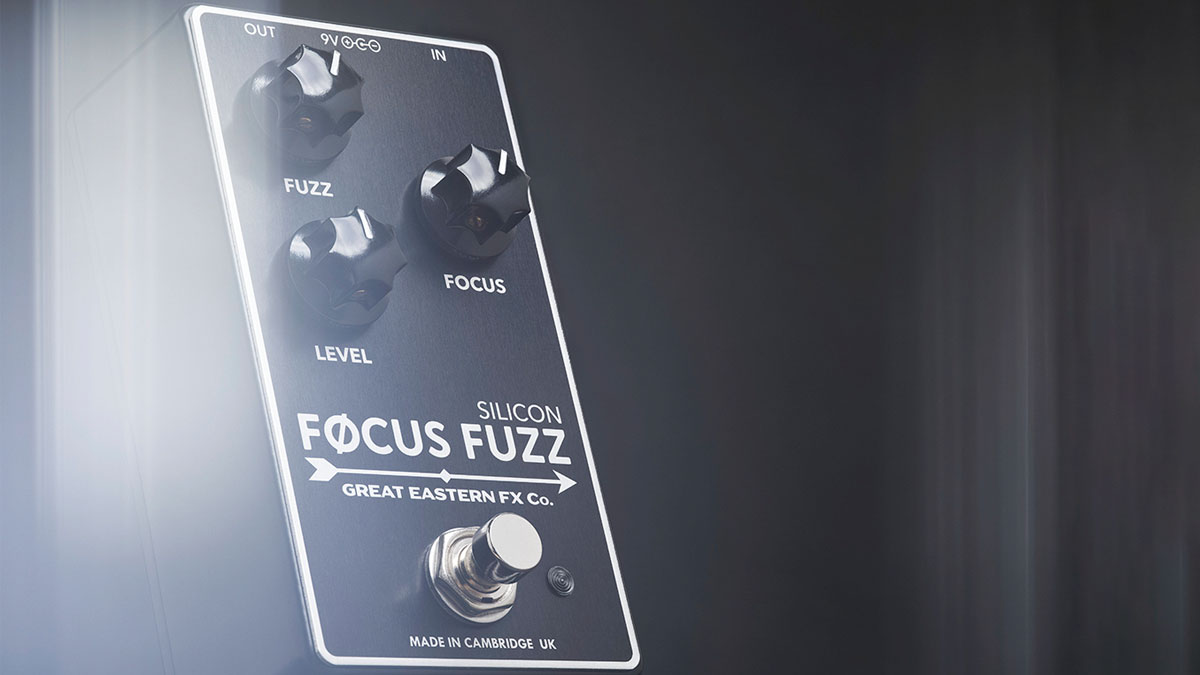MusicRadar Verdict
The Focus Fuzz Silicon is very much built to perform a similar job as its Germanium sibling, positioning itself as a user-friendly fuzz that’s not only voiced as some sort of fuzz missionary but can perform all manner of gain and dirt functions on request. Just add guitar, any guitar. It isn’t fussy.
Pros
- +
Top-mounted jacks and compact format.
- +
Solid build.
- +
Good price.
Cons
- -
Some fuzz extremists might want a more chaotic voicing.
MusicRadar's got your back
Great Eastern FX Focus Fuzz Silicon: What is it?
If the Focus Fuzz Silicon from Great Eastern FX looks familiar that is because it kind of is. It’s not a reissue fuzz pedal, but it is based on the silicon side of Great Eastern’s limited edition Focus Fuzz that was launched in March and all 250 units soon sold out.
That combined NOS germanium transistors – hence the small batch – with silicon in the one circuit, but what really made it interesting was how the controls were designed to win over players who might think fuzz is not for them. Indeed, there were settings that allowed you to use it as an overdrive pedal.
The Focus control, from which the unit takes its name, added “bite, aggression and harmonics” as you turn it clockwise, tamping down some of the low-end to show a bit more bite, while the Fuzz control not only added gain but adjusted the bias and changed the character of the fuzz. Altogether, it was one versatile fuzz box.
“We wanted to create a pedal that would give fuzz-like sustain, aggression and rich overtones, but deliver all the other things we want as well,” said David Greeves, founder of Great Eastern. “The Focus Fuzz loves both clean and dirty amps with single-coils or humbuckers, there’s tons of level on tap and it doesn't mind where you put it in the signal chain. Best of all, there’s a genuine range of tones to explore, not just one setting that sounds good!”
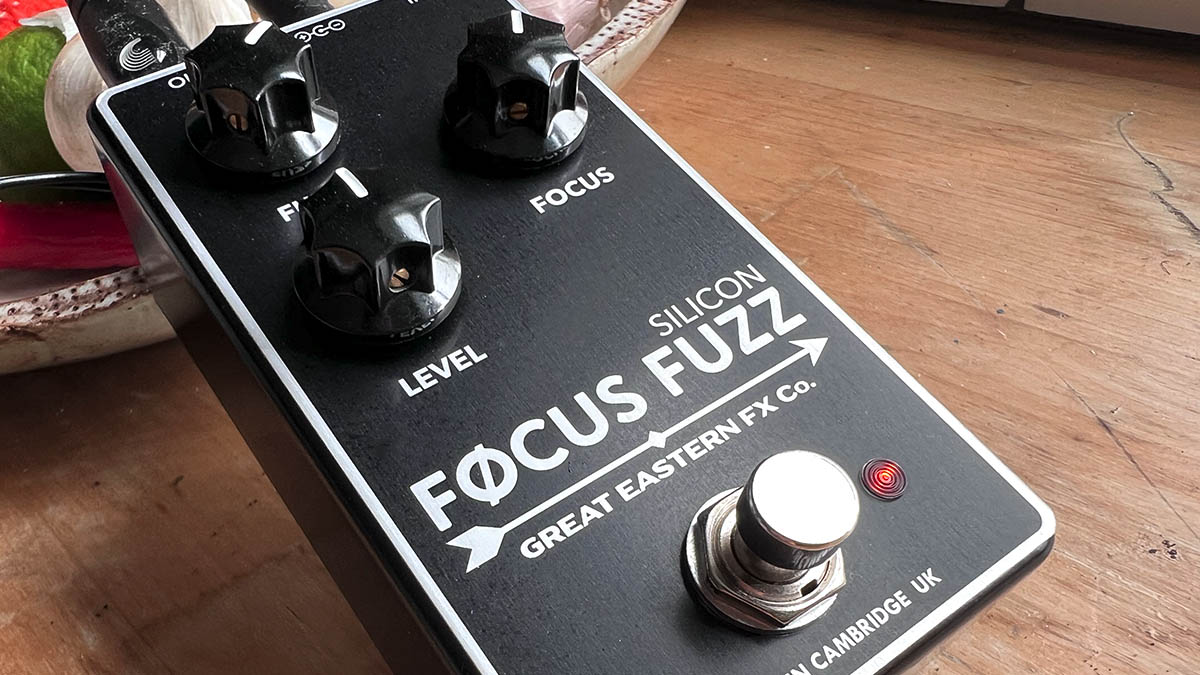
The Focus Fuzz Silicon is constructed in a similar spirit. It too has controls for Level, Fuzz, and Focus, their dials are all-black with white pointers (the original Focus Fuzz had oversized amp-style knobs). All the jacks are arranged across the top of the unit, and there’s a single footswitch with a red/orange LED to let you know when it’s active.
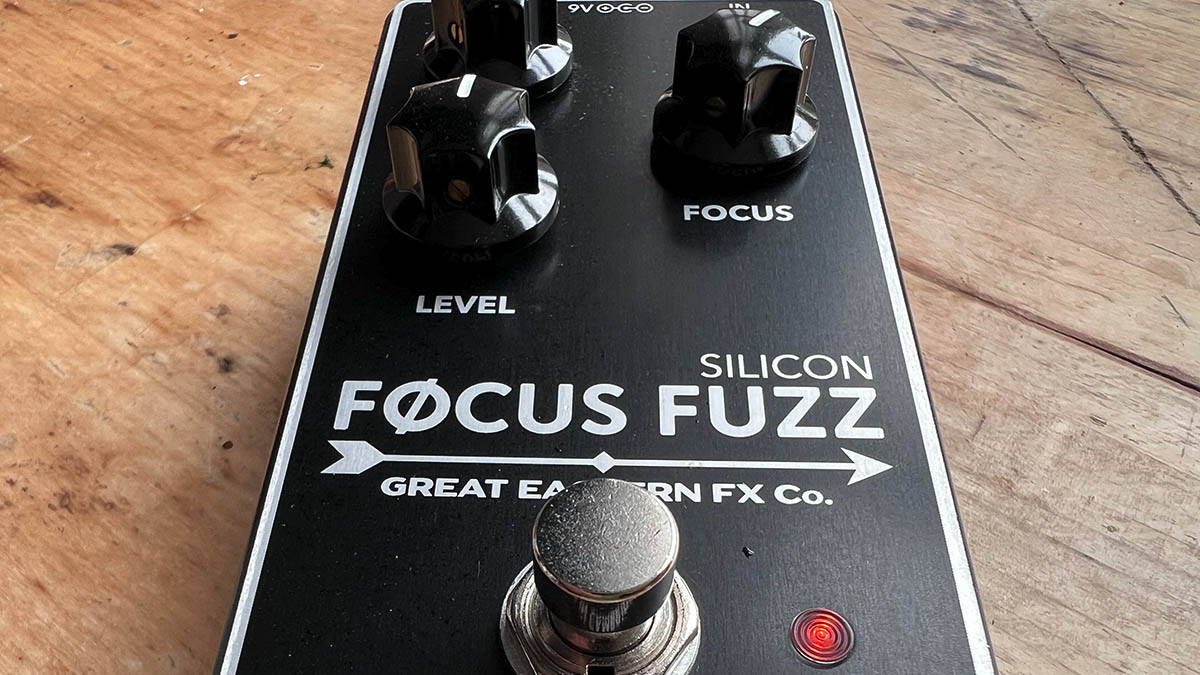
For anyone who missed out before, this pedal has everything that made the original special. It’s really player-friendly and forgiving to dial in,
David Greeves, Great Eastern Fx Co.
It’s really only in the trade dress and under the hood where the big changes are. The germanium/silicon cocktail has been refreshed with straight silicon – a trio of low-gain silicon transistors – but we would hope that those who enjoyed the idea of the original would like this too.
As Greeves explains, the differences between the two pedals are subtle. It is still designed to be a user-friendly fuzz, with the Fuzz adjusting bias and gain, adding saturation and sustain to taste, Focus as above – more gain, more gritty treble. In short, it’s a fuzz that welcomes a 1/4” input jack from any of the guitars in your collection.
Want all the hottest music and gear news, reviews, deals, features and more, direct to your inbox? Sign up here.
“It’s a new shade rather than a completely different colour!” he says. “Most importantly, for anyone who missed out before, this pedal has everything that made the original special. It’s really player-friendly and forgiving to dial in, it will let you plug into a completely clean amp and still get killer saturated tones, and it won’t completely obliterate your original guitar tone and playing dynamics.”
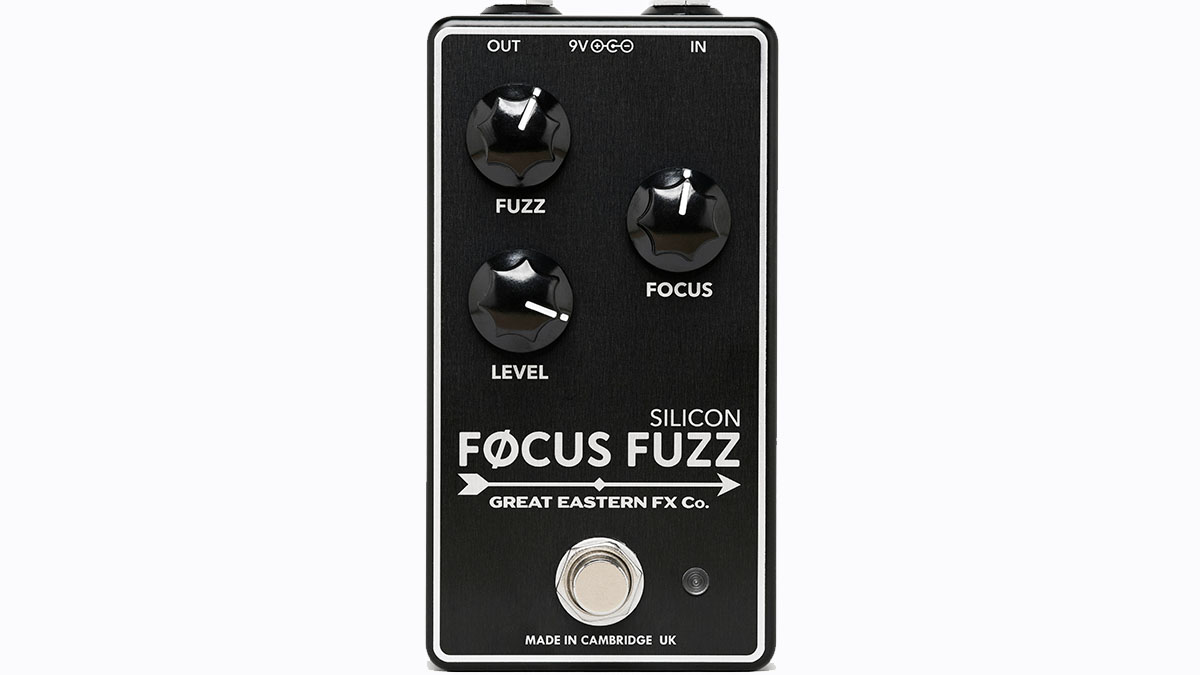
Great Eastern FX Focus Fuzz Silicon: Performance and verdict
Surely one of the risks of making a fuzz for players who don’t like the effect is alienating the hardcore Muff-heads and transistor freaks who love nothing more than populating their pedalboard real estate with fuzz boxes. It’s like marketing low-alcohol beer to the hedonist. What if this thing is too tame? What if it’s too well-behaved?
Well, there’s an easy diagnostic you can run that will give you the answers. Just dime it. Doing so applies a full-court press to the front end of your guitar amp, and the results are hardly subtle. The Focus Fuzz Silicon is thick and spiky on a humbucker, anarchic on a single-coil, and the structural integrity of the speaker cone feels under threat when you combine it with another hard-clipping drive pedal.
But we have to bear in mind that the Level control is doing a lot of work there too. When you turn both Focus and Fuzz knobs fully counterclockwise and jack the level, the Focus Fuzz Silicon operates very effectively as a boost pedal, with which it shares the quality of being able to make your electric guitar tone stand out in a mix.
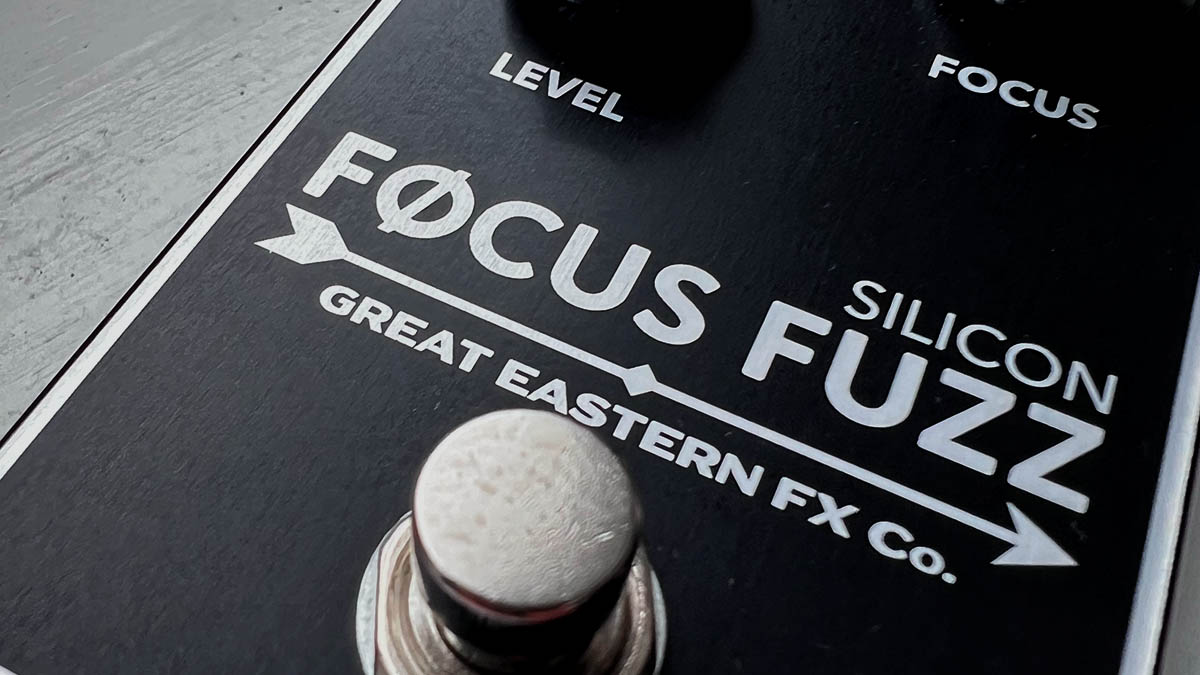
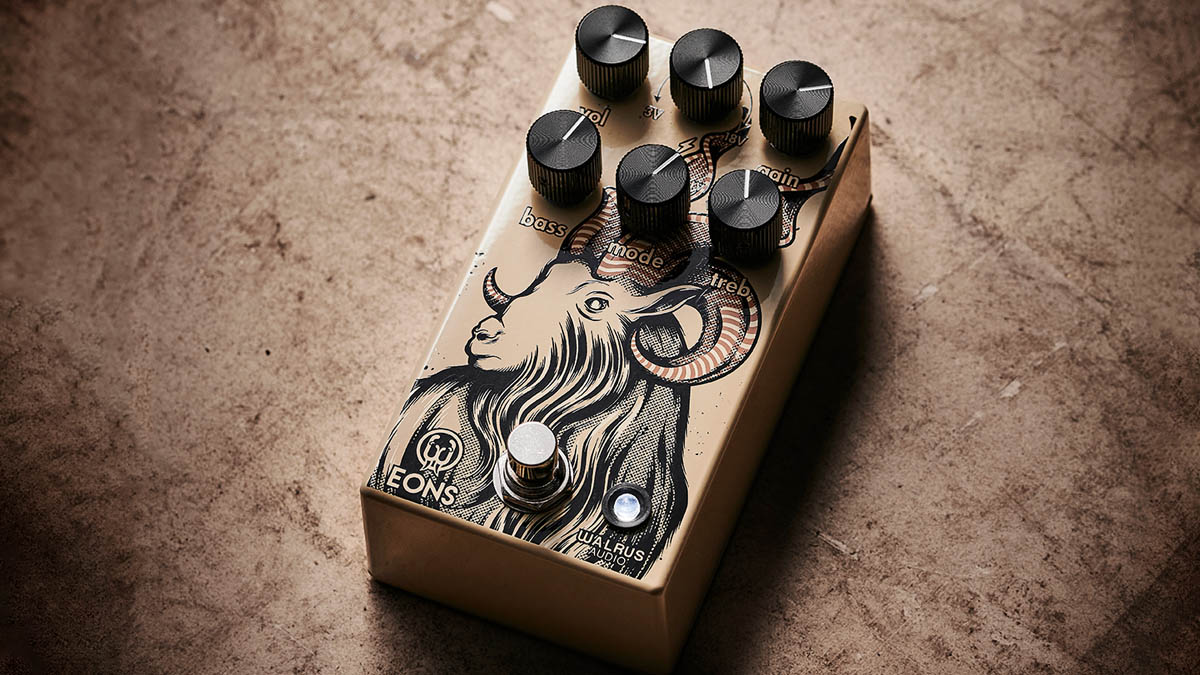
• Walrus Audio Eons Five-State Fuzz
The Eons Fuzz does not disappoint, rounding out the Five-State series with a super-versatile complement of fuzz sounds and all the controls you could want for tailoring them to your needs.
• Earthquaker Devices Colby Fuzz Sound
Great-sounding late-60s fuzz that's surprisingly versatile in its range - thanks mainly to the tone control, which to the right adds low-end warmth for fat, sustaining vocal leads that'll sustain forever, while offering more of a buzzy, ripped-Velcro rasp to the left.
A fun starting point, and one that’s none too subtle, is to turn Fuzz and Level to three o’clock with the Focus around noon. There there’s plenty of musical saturation, a crunchiness that retains string definition. Some fuzz boxes are great because they are like this bit audio emulsifier, turning a chord into one big thing, sending the low end out for a hot dog, but the Focus Fuzz Silicon lets you hear each note.
Another great introduction to the pedal is how it handles low-gain settings, responding to your playing, with that saw-tooth crunch coming to the fore as you hit a chord harder, with the sustain holding single notes that are played with more gusto. Keep the Focus control down for that vintage low-end bloom, turn it up and there’s sharpness, a bit of sparkle, and harmonic intrigue.
Dynamics and articulation: you can hear why Great Eastern positions this as a fuzz for the fuzz agnostic. Perhaps they won’t be afterward. Or perhaps the Focus Fuzz Silicon is simply planting its flag in a category of fuzz boxes that resist easy categorisation, that prefers to share space and similar tonal responsibilities to the overdrives and distortion pedals.
More’s the pity that pedal designers are having a fight on their hands to secure reliable supplies of NOS germanium transistors, and that is why the original Focus Fuzz was restricted to just 250 units, but the Focus Fuzz Silicon is a rejoinder to anyone who thinks that the transistors are the be all and end all; it’s how you use them that counts, and there’s still plenty of new ways to deploy them – as Great Eastern proves here.
MusicRadar Verdict: The Focus Fuzz Silicon performs a similar job as its limited edition germanium sibling, positioning itself as user-friendly fuzz that’s not only voiced as some sort of fuzz missionary but can perform all manner of gain and dirt functions on request. Just add guitar, any guitar. It isn’t fussy.
Great Eastern FX Focus Fuzz Silicon: Hands-on demos
Great Eastern Fx
The Studio Rats
Pedal Empire
Great Eastern FX Focus Fuzz Silicon: Specifications
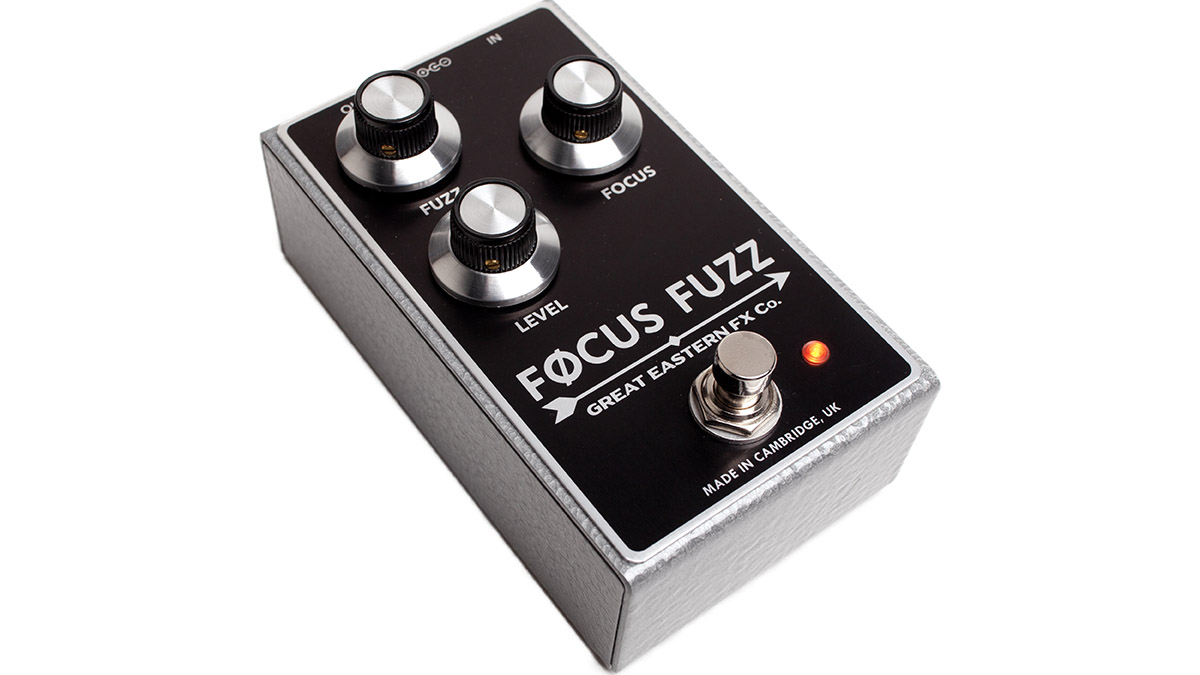
- PRICE: £199
- TYPE: Fuzz pedal
- CONTROLS: Fuzz, Focus, Level
- FEATURES: 3x low-gain silicon transistors, top-mounted jacks
- POWER: 9V DC pedalboard power supply
- CONTACT: Great Eastern Fx Co.
Jonathan Horsley has been writing about guitars and guitar culture since 2005, playing them since 1990, and regularly contributes to MusicRadar, Total Guitar and Guitar World. He uses Jazz III nylon picks, 10s during the week, 9s at the weekend, and shamefully still struggles with rhythm figure one of Van Halen’s Panama.
